商家描述
产品评价(0)
Clone
10F.9G2 (See other available formats)
Regulatory Status
RUO
Other Names
B7-H1, PD-L1
Isotype
Rat IgG2b, κ
Antigen Details
Structure
40 kD type I transmembrane protein member of B7 family within the immunoglobulin receptor superfamily
Distribution
T cells, B cells, NK cells, dendritic cells, IFN-γ activated endothelial cells, and monocytes
Ligand/Receptor
PD-1 (PDCD1)
Cell Type
B cells, Dendritic cells, Endothelial cells, Monocytes, NK cells, T cells
Biology Area
Cancer Biomarkers, Costimulatory Molecules, Immunology
Molecular Family
Adhesion Molecules, CD Molecules, Immune Checkpoint Receptors
Antigen References
1. Sharpe A, et al. 2007. Nat. Immunol. 8:239.
2. Dong H, et al. 1999. Nat. Med. 5:1365.
3. Freeman G, et al. 2000. J. Exp. Med. 192:1027.
Gene ID
60533
CD274, also known as B7-H1 or programmed death ligand 1 (PD-L1), is a 40 kD type I transmembrane protein and a member of the B7 family within the immunoglobulin receptor superfamily. It is expressed on T cells, B cells, NK cells, dendritic cells, IFN-γ activated endothelial cells, and monocytes. B7-H1 is one of the ligands of PD-1. The interaction of B7-H1 with PD-1 plays an important role in the inhibition of T cell responses. Other studies have shown that B7-H1 is able to costimulate T cell growth and cytokine production. CD274 is involved in costimulation essential for T cell proliferation and production of IL-10 and IFN-γ, in an IL-2-dependent and a PD-1-independent manner. Its interaction with PD-1 inhibits T cell proliferation and cytokine production.














 会员登录
会员登录.getTime()%>)
 购物车()
购物车()

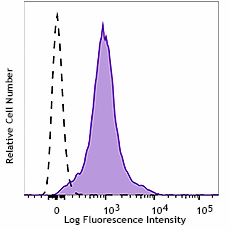
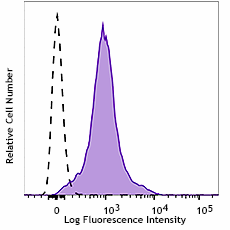
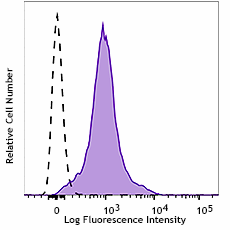
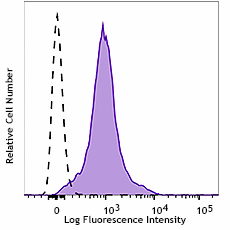
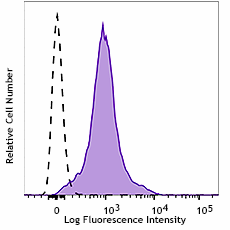
 成功收藏产品
成功收藏产品